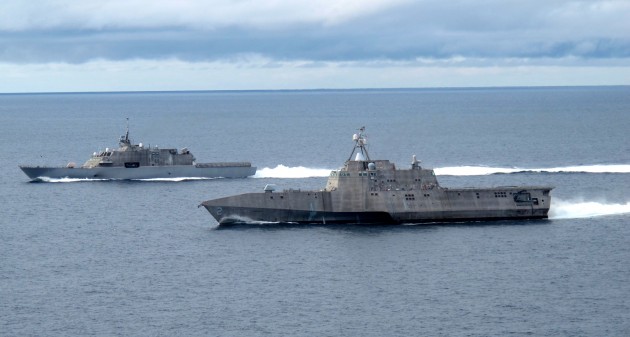Life or death in wartime is horrifically random, subject to “fate, chance, kings, and desperate men,” but sometimes that randomness generates not tragedy, but miracles. Such is the story of Army Sergeant Roger Daniels.
On a patrol in Afghanistan last August, Daniels, then just 21 years old, took a bullet to the head and survived with just a concussion because his helmet stopped the high-powered 7.62 millimeter round – something the standard-issue Advanced Combat Helmet was never designed to do. Last Friday, after experts at the Army’s PEO-Soldier unit had spent a year studying the miracle helmet, Daniels got it back in a ceremony at Joint Base Lewis-McChord in Washington.
Read more on Breaking Defense.












